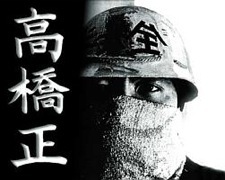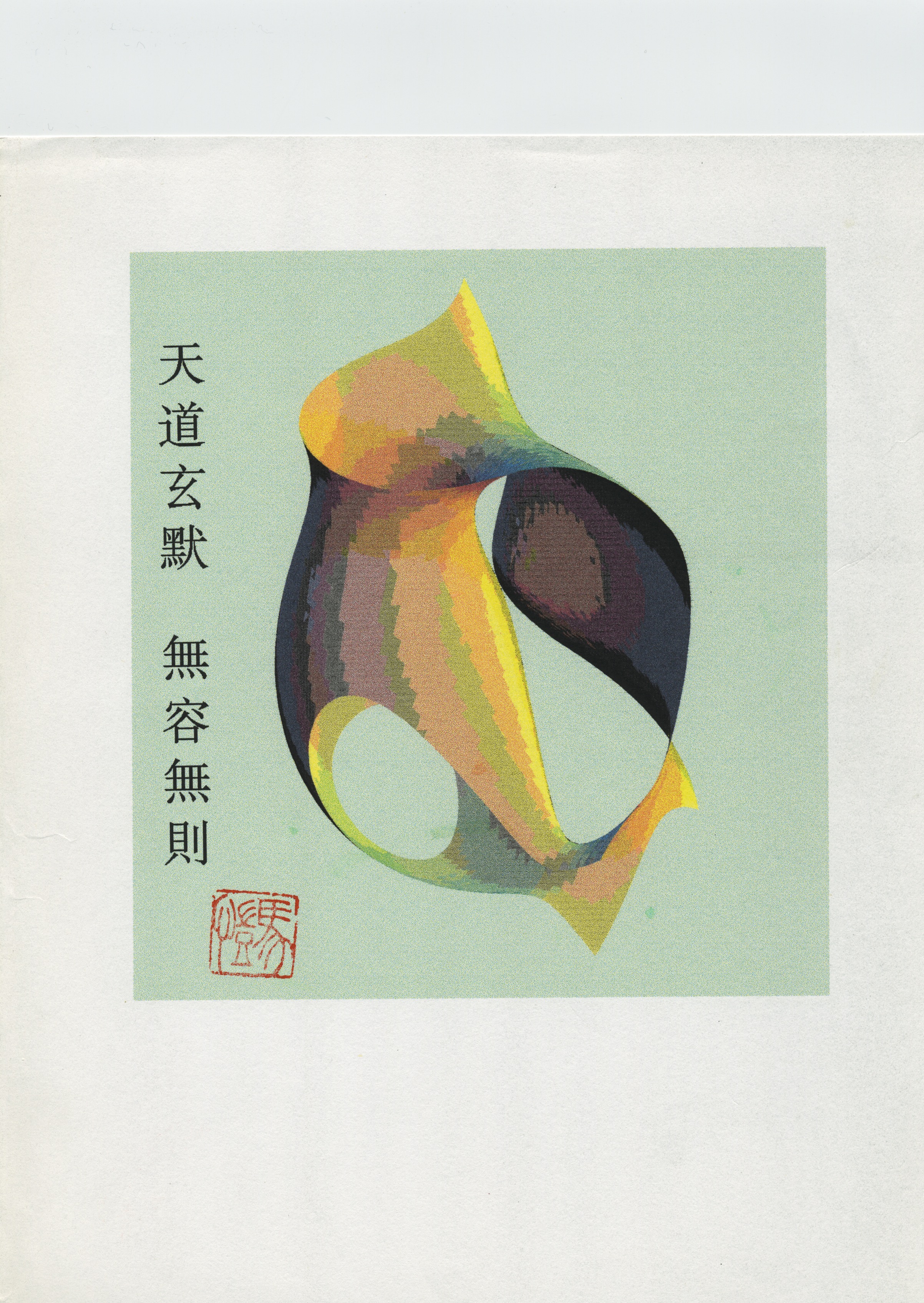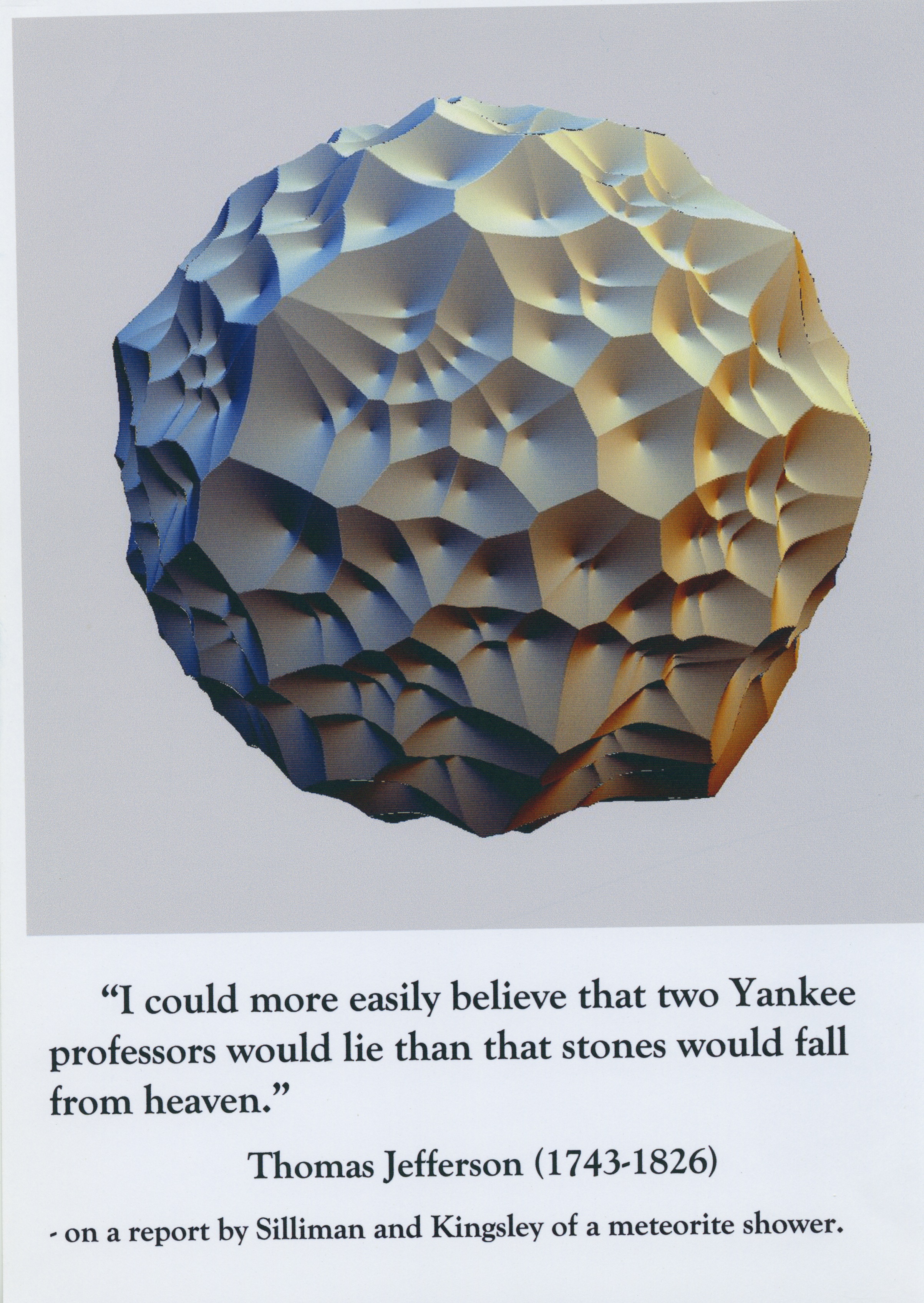Takahashi in Duria
Sho Takahashi has recently executed a commission to design a monument for the
main square of Olet, the capital town of the recently independent
Republic of Duria, to replace the former statue of Stalin. It will be recalled
that Duria was for a century simply a remote region in the USSR. Once it was
a small kingdom, just beyond the fringes of Alexander’s empire, named Duria
because of the hardness of life and because it was populated by deserters from
Alexander’s army in Central Asia.
Like Turfan, Duria rests in a great depression, below sea-level, in the desert.
It accordingly enjoys a severe, but at times hot, climate, very suitable for
grapes, melons and other fruit, wherever water can be found. The Durians
existed by stealing horses and trading horses for women (and vice versa)
along the Silk Road. Their capital town, hardly a city, but once no more than
a transitory camp, has reverted to the classical name, Olet. Now, like
Transdniestria, Tatarstan and other small fragments of the USSR, Duria
strives for independent survival.
Takahashi’s connection with the place came about in a curious way. A few of
the Durians have carried on the trading of horses along with other more
portable but less socially-desirable commodities through S. E. Asia,
going as far down as Singapore. However, with its rigid school discipline,
Singapore has tried to prohibit these activities. Notices which say:
“No Durians”
are to be seen on public buildings.
As a refugee from authority himself, Takahashi, financially embarrassed in
Singapore, gravitated to the Durian Market and joined forces. Step by step he
followed the trading trail back to Olet itself, where he found temporary work
in developing the hitherto negative public relations of the embryonic republic,
before being smuggled back into Japan to resume his quasi-academic profession.
The commission was for a fountain, which would have been the most desirable
traditional monument, (the Durians are animists, but have been influenced by
Islam) but, because of the shortage of water, recycling is necessary.
A single charge of water remains within the interstices of the monumental
structure, symbolising neatly both the central place of water in the economy
and the isolated, self-contained social structure of Duria itself.


